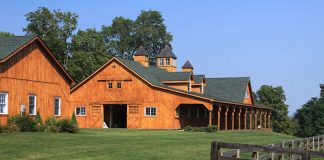As a horse owner, you know if your horse is the boss or at the bottom of the pecking order when he interacts with a herd. But keep in mind that herd dynamics — and therefore your horse’s place in the herd — can change. Just because he was the leader in one situation doesn’t mean he’ll act the same within all herds at all locations. If you find your horse acting differently at a new barn, his past and present herd interactions may be the key to understanding his behavior.
Rethinking Herd Dynamics and Hierarchy
“We traditionally thought that social hierarchies were linear,” says Suzanne Millman, Ph.D., who teaches animal welfare and behavior courses at Iowa State University. “We thought there was an alpha down to an omega. We now know that it’s more complex than that. In a larger group of horses, a singular horse may be really attached to one horse more than another. If a pony was attached to a lead mare, the pony’s rank may be higher than if he were on his own.”
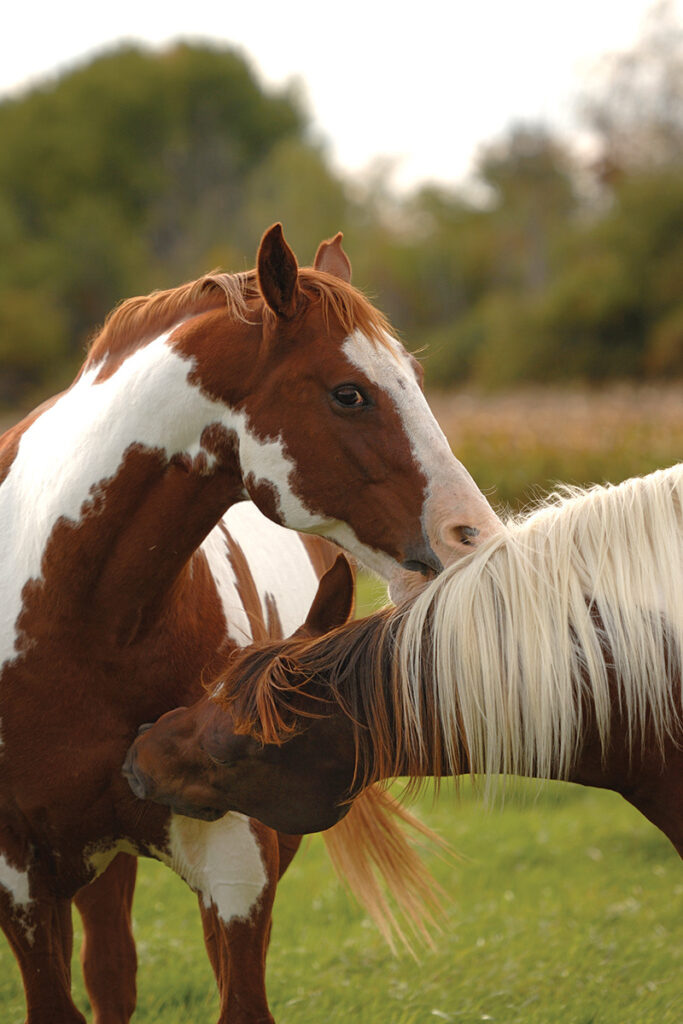
If your horse seems suddenly different in a new location, consider what may feel different for him in the new surroundings.
“Even though a horse may have been subordinate in the groups he was in at his old barn, it may be that in a new barn, he acts like top dog and bullies the other horses,” Millman says. “The context matters. It’s not always predictable.”
What factors may influence behavior and herd dynamics at a new locale? Millman says the size of the herd can make a difference. While it’s important for horses to have companionship of other horses, having only one or two herdmates limits the horse’s ability to choose his own social groups.
“There can be an over-attachment if there are just two horses,” Millman explains. “That can make a horse more reactive if he is taken out alone. Horses form very close social bonds. Having a larger group to spread his attachments around means that when he’s separated from one of the individuals, he’s not going to panic to the same extent.”
Millman explains the dynamics of how horses form clusters, or “friend groups,” within a larger herd. Clusters remain in place for decades when horses enter a herd together. Many geldings prefer to be with other geldings. Mares may choose to associate with other mares. Research with Mustang herds also shows that horses tend to form clusters with horses who have the same coat colors as their dam.
Being removed from a bonded pair and taken to a new location could affect a horse’s behavior. The loss of a high-ranking pal could also affect a horse’s position and rank.
Settling In to a New Location and Herd
Whether you get a new horse who acts differently in a new location or you move to a barn with a totally different turnout routine, it may take time (usually two weeks, but sometimes up to a month) for your horse to settle in. Plan for your horse’s introduction time—and plan to spend as much time as possible with your horse in the new setting.
“Whenever you’re putting an animal into a new environment, it’s going to be stressful,” Millman says.
You may ease the transition by talking to the barn manager. Find out how new horses are introduced and what groups will be there. A good barn manager will get to know horses and recognize who will be safest to meet first.
Keep in mind that the lowest-ranking horses may not be the best for your horse to meet first—they may be the horses who are competing for resources and may act out. The best horses to meet first may be those in the middle of the herd rankings.
It’s also advisable to introduce a horse to a herd slowly, such as putting him in a smaller pen at first with one or two buddies, so they can work out a pecking order in a smaller group. Then put him and those horses in with a bigger group once there is harmony.
Millman suggests being with your horse to see how he’s responding in his new environment. Know that if you watch your horse’s introduction to the herd, there will be bites and kick threats. She says most horses will work it out safely if there are ample resources. Make sure there are multiple hay locations so that if your horse is moved away from one, he’ll be able to find another.
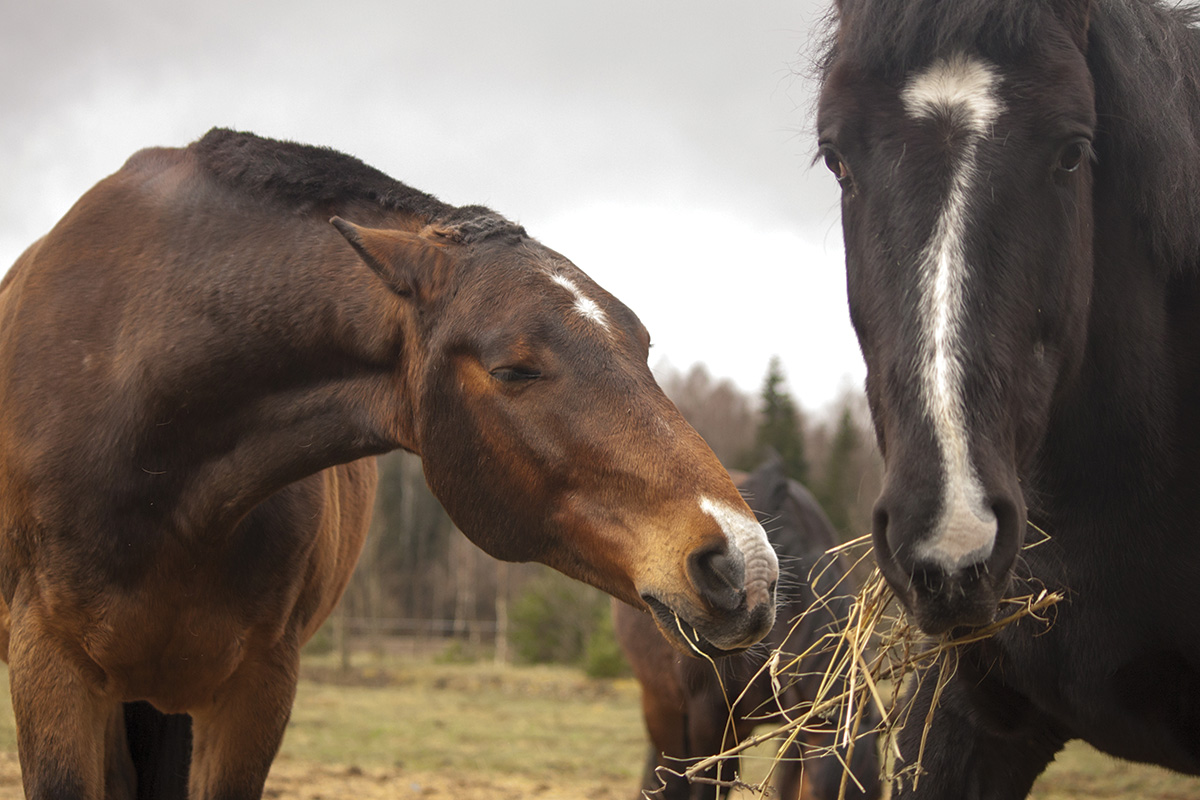
When you’re alone with your horse, you can help bolster confidence in the new place.
“Predictability is the key,” Millman says. “Groom your horse and do lots of hand-walks. It’s all about the little obedience things that you do daily. You want your horse to have confidence and know what to expect.”
When you do start training, go easy.
“Go back to something that your horse really knows well,” says Millman. “He has to learn that in this environment, the skill still applies.”
Training for Resiliency
Emma Kjelson is a horse behavior consultant certified with the International Association of Animal Behavior Consultants. She guides horse owners through transitions and focuses on helping horses feel calm so that they can learn in their new herds and homes.
Kjelson notes that not all horses take as much time as others to get used to new surroundings or the dynamics of a new herd.
“Horses who have had a good training program—one that includes generalizing behaviors to new environments—will acclimate faster,” she says. “We have to help horses with their fears of new places. When they’re young, we want to take them to new environments with as low of stress as possible. We want to build up resiliency. We want to generalize our horses’ experience to all new places and things.”
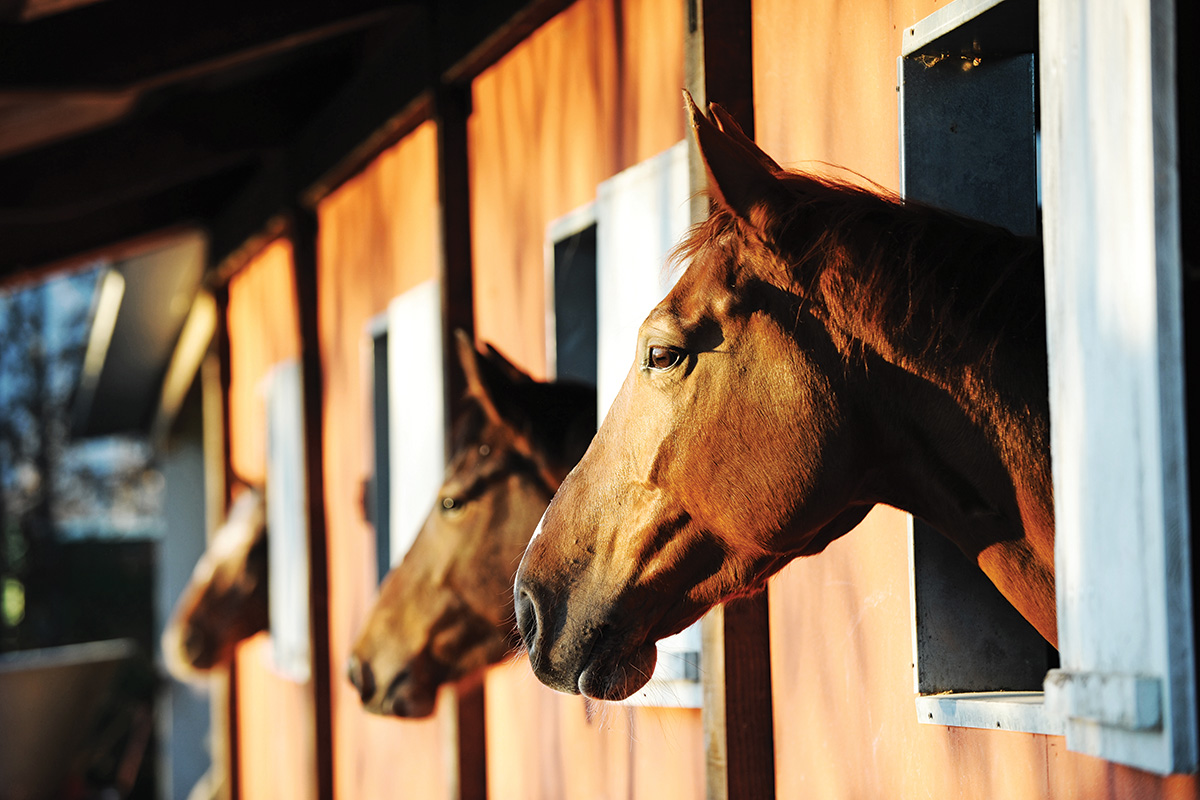
Find out as much as you can about your horse’s past. Where has he been? What types of horse groups has he been with? What type of barn or care setting did he live in? The more knowledge you have about your horse’s past, the more you can help him transition to a new place.
Change of Pace
However, the past isn’t always a predictor of the future. Tweaking the setting and providing consistent contact can help.
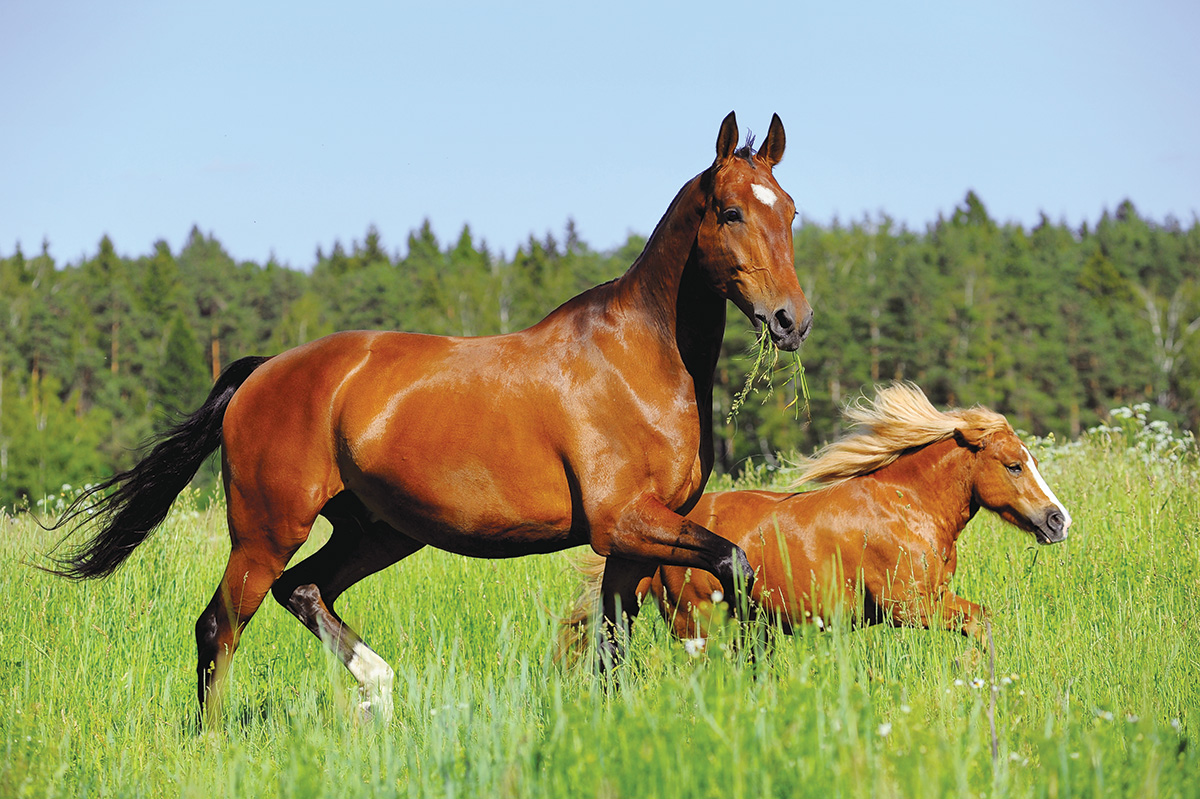
Kjelson shares a story about a horse she helped and what it took to help the horse feel safe in the new setting. The shift from a fast-paced training barn to a pasture board setting with only one other horse caused the new horse to act differently than expected.
“A week and a half after she moved him, the horse was still pacing the fence lines,” she says. “He was super stressed. This horse was used to being with a ton of other horses in a stall environment. He was put in a pasture with just one Miniature Horse. It was a big change.”
What Helped?
“I had them put an acrylic mirror on the barn so that he could see more ‘horses,’” Kjelson says. “We also put him on a milk protein supplement that helps to relax your horse. He went from calling, losing weight, and pacing to engaging with the other horse in about a month.”
If you plan ahead and provide positive experiences in the new location, your horse should settle into the new herd and home in no time.
This article about herd dynamics appeared in the March 2022 issue of Horse Illustrated magazine. Click here to subscribe!




